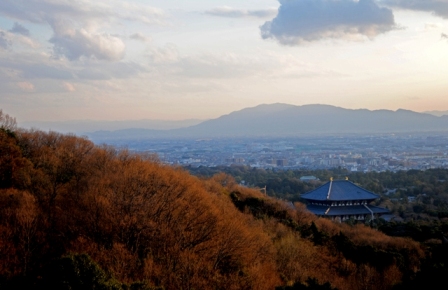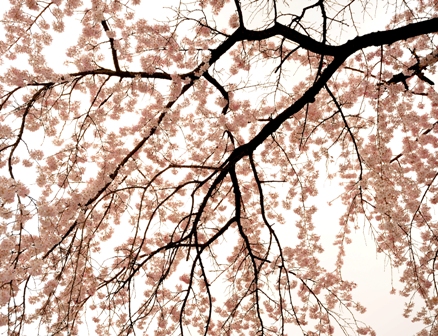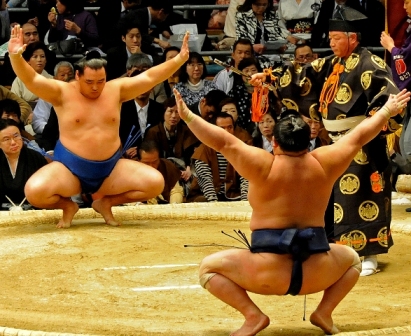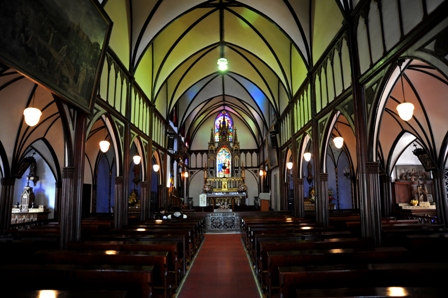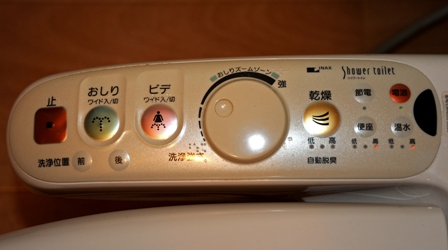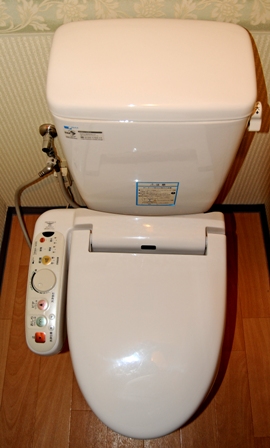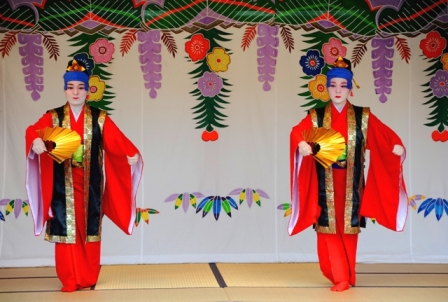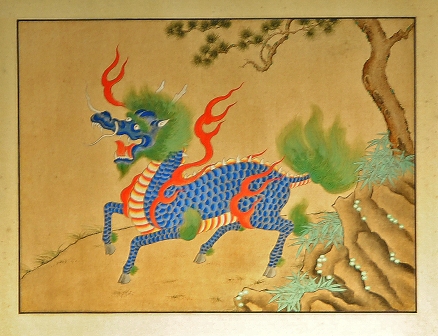
Our trip is at its end.
We arrived in Austin last night. Today has been one of jet lag and travel recovery misery. Jet lag is part of the yin-yang of international travel. The enjoyment of spending time with your granddaughter is balanced by the pain you suffer once home.
Our last Shinkansen ride brought us back to Tokyo, this time to Ueno station. UT (the University of Tokyo) is located near there, in the Meguro District. Cassady’s apartment is nearby as well. We stayed in a roykan within walking distance of her, and on Saturday we visited the Komaba campus where she will be studying the next two years. UT has five major campuses, with Komaba housing Arts and Sciences.
Saturday evening we met Cassady’s friends, Lee Taniguchi and his wife, Kaoru, for a departure dinner. Lee grew up in Harlingen (Texas), and his family remains in the Valley. He attended the University of Texas, and we shared stories of Austin and his time here. Of course I wanted to know how the Taniguchi family came to live in South Texas, and how he eventually settled in Tokyo.
Let me digress (or veer off) for a moment. I am a Texan, and as one I grew up in the Jim Crow South. I remember the bill boards along the highway that said “Impeach Earl Warren” (who, for those younger, led the Supreme Court in the Brown vs Board of Education case that integrated schools). The Supreme Court issued its “separate educational facilities are inherently unequal” ruling in 1954, but opponents were able to drag out implementation for my entire educational career (assuming that I accept that it is complete today).
Here is an example. In 1968, my senior year in high school, a high-school teacher in Sugarland (the town memorialized in Leadbelly’s Midnight Special), Henry Keith Sterzing, had been relieved of his duties by the John Foster Dulles High School board members. His crime? In response to a question from a student about the marriage of Dean Rusk’s daughter to a black man, the teacher stated that he saw nothing wrong with interracial marriage. They fired him.
In the Houston downtown library, purportedly a bastion of free thought and learning, you were greeted by a water fountain near the front door. The fountain had been placed by the Daughters of the Confederacy, and dedicated to those who served the Gray. My mother taught at St. Vincent’s, where Dick Dowling, the Confederate hero of the Battle of Sabine Pass, is buried. One of Galveston’s mayors had operated one of the largest slave markets along the Gulf coast before the Civil War.
While attending the University of Houston, Lee Otis Johnson became one of the liberal causes. Lee Otis had given a marijuana cigarette to a Houston undercover cop, and had received a thirty-year prison sentence for his crime. When Governor Preston Smith visited the campus, students greeted him with chants of “Free Lee Otis, Free Lee Otis.” When asked afterward what he thought of the display, Smith said that he could not understand why students were chanting about refried beans (frijoles, frijoles).
The Texas travel industry tagline is “Texas – it’s a whole other country.” Does Texas believe itself to be a foreign country? No, but the remaining 49 states rightfully do.
Because of the civil rights movement, and liberal parents, I suppose that I had a more balanced perspective of the plight of African-Americans than most white Texans. But the La Raza movement would come later, and by the time I could focus on other minorities (as though Texas ever has) I matriculated.
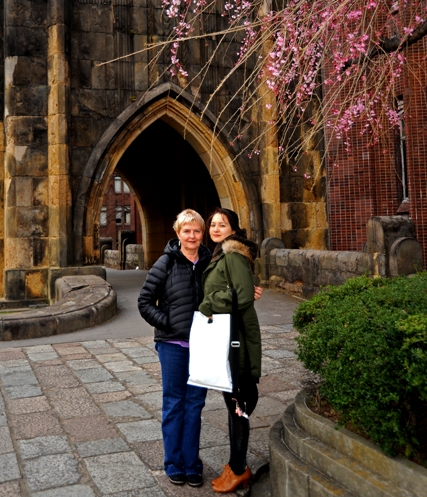
This is a very circuitous way of saying that I knew nothing about the Japanese in Texas, or in America, for that matter. I knew that a few Japanese had settled near Houston as farmers, and my mother had taught children of one of those families, the Kobayashis. But otherwise I am certain that I did not meet anyone of Japanese ancestry until I graduated from high school. My school administrators felt no need to educate us about ethnic groups we would have little contact with. Interestingly, I do not remember any classes that discussed Viet Nam’s history or plight either, and we had (and have) plenty of contact with them.
Like the downplaying of Japanese militarism in Nagasaki and Hiroshima, and my criticisms of that selective telling of history, I can equally criticize my own education and its gaps. At dinner Lee had mentioned that his great uncle had settled in Harlingen after the war. Lee said that he had been interned in Crystal City, and had recruited other Japanese families to join him in Texas. I decided to use Lee as an excuse to fill one of the many holes in my cheesecloth education. I knew of German prisoner-of-war camps in Texas, since one had been situated near my grandmother’s home in Mineral Wells. But I knew nothing of Japanese internment camps here.
What I have now learned is that there were three internment camps in Texas – Seagoville, Kenedy, and Crystal City. The camp in Crystal City had been built, at least initially, for those of Japanese ancestry. Crystal City was the location of the largest internment camp administered by the INS and Department of Justice. At its peak there were over 3000 people interned in Crystal City. There were Japanese-American citizens interned there, as well as those of Japanese ancestry brought there from throughout Latin America (such as over 700 from Peru).
How did this fundamental failure of civil rights and the protections of the constitution transpire in my home state? Until talking to Lee I had no idea that the government had established one of the internment camps here, not to mention three. Then I came on this quote from the Texas Handbook:
The official reasons for the deportations were to secure the Western Hemisphere from internal sabotage and to provide bartering pawns for exchange of American citizens captured by Japan. However, the Axis nationals were often deported arbitrarily as a result of racial prejudice and because they provided economic competition for the other Latin Americans, not because they were a security threat.
The Texas legislature in 1921 passed an alien land law that prohibited foreign-born Japanese from purchasing or leasing additional farmland. Racial prejudice? Economic competition? Now, I can relate to those forces. This is the Texas of my youth.
Lee’s great-uncle, Isamu Taniguchi, was one of the California Japanese interned in the Crystal City camp. Born circa 1902, he immigrated to Stockdale (CA) in 1915. There be began a business in bonsai plants and crops. He married his childhood sweetheart in Japan, the only time in his life that he returned.
During WW II, they were interned (along with 120,000 other Japanese-Americans). Isamu was interned at Crystal City. After the war, he remained in Texas, raising cotton, crops, and flowers in the Rio Grande Valley. He retired to Austin in 1967 to be near his son, Alan, Lee’s cousin. By the way, Alan is an architect that has served as Dean of The University of Texas at Austin School of Architecture and Director of Rice University’s School of Architecture.
According to the on-line accounts:
Out of gratitude for his sons’ education at the University of Texas at Austin, Taniguchi offered to create a Japanese garden for the City of Austin. The city parks department let Taniguchi have three acres of land in Zilker Botanical Garden. With no more than one assistant at a time, Taniguchi worked as a volunteer for 18 months to create the gardens. All plants and material were donated from local nurseries. The gardens feature a series of ponds that spell “Austin” when viewed from the air, a 12-foot waterfall, a teahouse, a Half Moon bridge, a lotus pond with a miniature island, and extensive Japanese landscaping.
This is the origin of the Taniguchi garden? He created the garden out of “gratitude for his sons’ educations at UT?” After being locked up and denied all civil liberties?
My grandchildren are perfect. They are the ideal blend the two cultures. They are seamlessly bilingual and bicultural. They are, in my mind, the personification of Jefferson’s ideal for our democracy.
But Jefferson never could bring himself to free his slaves. He chose to live in two conflicting worlds, one of idealistic democracy and the other of pragmatic (and, yes, evil) prejudice. I firmly believe in the former, but I have lived in the latter. I know prejudice. I know hated, envy, and mindless fury. I know that these forces lie quietly under America’s skin until allowed to surface. And, since the election of an African-American president, they have been stirred once again. In America, you just can’t keep a good hate down.
Now, at the end of this almost three week trip, I return to America to feel the brutal irrationality of this hatred. In contrast, before we returned to Tokyo we spent one night in Utsunomiya. Cassady’s grandparents live there, and we wanted to see them during the trip. They are wonderfully gracious hosts, and Mrs. Yokoyama had prepared a scrumptious meal (with vegetarian croquettes) for dinner. We sat around the kotatsu as a family, sharing funny stories. We laughed at jokes, and loved each other’s company.
This is my trip. When reduced to common people, to common interests, getting along is difficult enough. But at the national or global level, these interactions are dictated by the additional interests of business, power, imposition, and greed. I can only hope that my grandchildren’s generation, those who were raised without racist water fountains, will carry humanity forward. They have my confidence and my prayers.
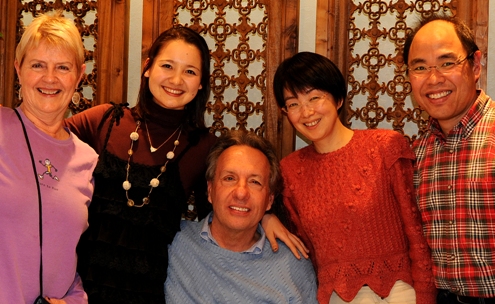
Ted
29 Mar 2010
